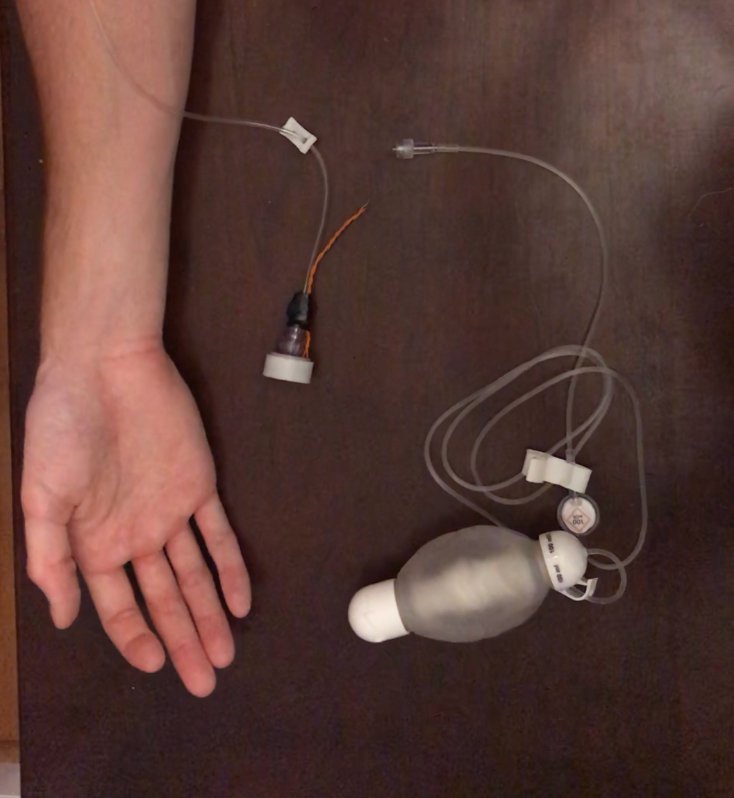Wireless device that transmits OPAT data to doctors wins $10K prize at IDWeek

A group of biomedical engineers and medical students calling themselves HIVE developed an innovative solution to help patients and doctors optimize outpatient parenteral antimicrobial therapy, or OPAT, landing them the $10,000 top prize at this year’s IDWeek IDea Incubator competition.
The device wirelessly transmits OPAT data to a patient’s health care provider.
“IDea Incubator started 2 years ago,” Infectious Diseases Society of America spokesman Javeed Siddiqui, MD, MPH, founder of IDea Incubator and chief medical officer at TeleMed2U, told Infectious Disease News. “We’re living in a time of rapid innovation and there really wasn’t a platform for individuals in the field of infectious diseases to present new innovative ideas in early stage development to colleagues and investors. So, ID Week and IDSA were generous, they understood, and they allowed us to develop IDea Incubator.”
Participants in IDea Incubator compete for the grand prize of $10,000 in front of an expert panel of judges from the business, technology and medical industries, as well as peers and investors.

“Our device looks at patients on OPAT, who are sent home to administer their own IV antibiotics for pretty severe bacterial infections. The only treatment they need is to get these IV antibiotics twice a day, so it doesn’t make a whole lot of sense to keep them in the hospital where they could be using a lot of resources and things can get quite expensive,” Chris Sleckman, a BS/MS graduate in biomedical engineering at Washington University in St. Louis, told Infectious Disease News. “The problem is that these patients have [a] pretty low compliance rate.”
According to Sleckman, the HIVE team gathered evidence showing that 10% of OPAT patients miss doses, which can lead to worsening infection and higher readmission rates. About 25% of all patients sent home on OPAT are readmitted to the hospital, which Sleckman called “an incredibly high rate.”
In response to these data, HIVE developed a device that would help track OPAT, which patients receive at home through a peripherally inserted central catheter (PICC). The device, currently in the prototype phase and being made on a three-dimensional printer, would attach to the PICC line and send a wireless signal to home health care providers with data on the patient’s use, including when they administer medicine and for how long.
The data would allow health care providers and physicians a chance to call noncompliant patients, reminding them to take their antibiotics or go to the patient’s home to help.
HIVE’s next steps for the device include a clinical trial scheduled for spring 2020 at a St. Louis hospital. During the trial, they will test the device’s efficacy by monitoring adherence and assessing readmittance rates.
“[These are] exactly the people we want submitting applications — young people with energetic ideas,” Siddiqui said. “Their device allows people getting OPAT therapy to be monitored. Their device lets whoever supervises the therapy [know] that these people are taking the antibiotics and for how long they engaged. If there is a compliance issue or a usability issue — which [is] incredibly important to know and something we’ve never had a way to monitor from a home base setting before, physicians will be aware.” – by Caitlyn Stulpin
Disclosures: Siddiqui reports no relevant financial disclosures. Sleckman is a member of the HIVE team.
